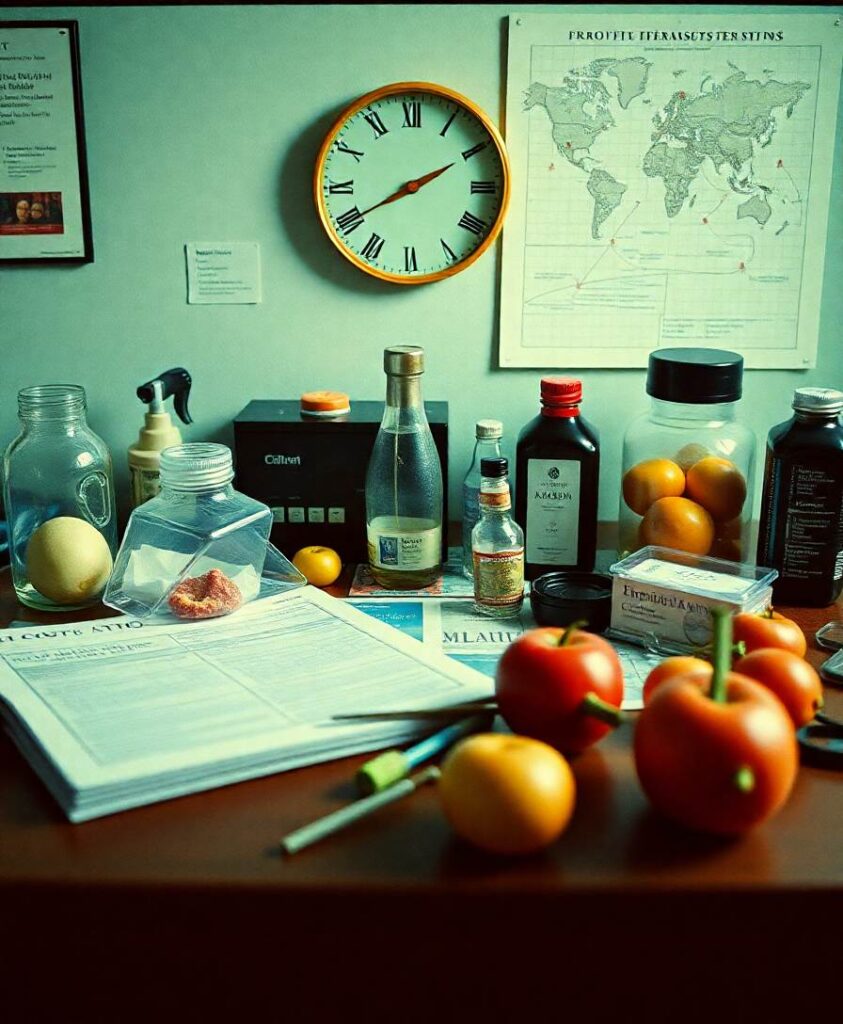This study describes the construction of a new algorithm where image processing along with the two-step quasi-Newton methods is used in biomedical image analysis. It is a well-known fact that medical informatics is an essential component in the perspective of health care. Image processing and imaging technology are the recent advances in medical informatics, which include image content representation, image interpretation, and image acquisition, and focus on image information in the medical field. For this purpose, an algorithm was developed based on the image processing method that uses principle component analysis to find the image value of a particular test function and then direct the function toward its best method for evaluation. To validate the proposed algorithm, two functions, namely, the modified trigonometric and rosenbrock functions, are tested on variable space.



